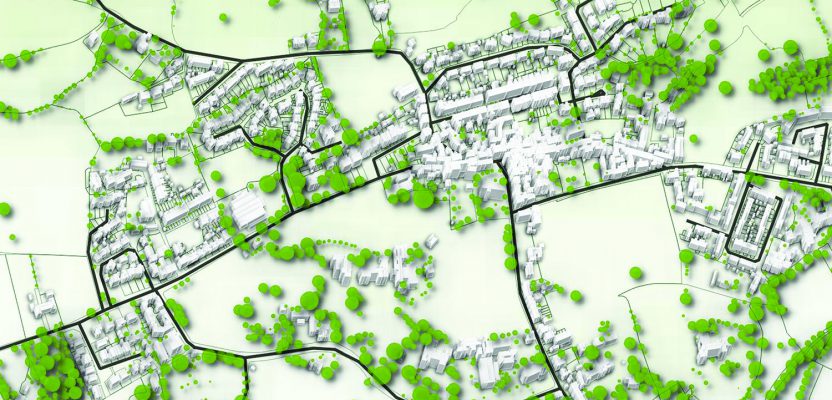 Editor’s note: As an example of how far QGIS has evolved and the depth of the many features and plugins, Anita Graser, key member of the QGIS team and author of popular QGIS guide books, offers the following details. Graser was also one of xyHt’s 2015 inaugural 40 geospatial professionals under 40.
Editor’s note: As an example of how far QGIS has evolved and the depth of the many features and plugins, Anita Graser, key member of the QGIS team and author of popular QGIS guide books, offers the following details. Graser was also one of xyHt’s 2015 inaugural 40 geospatial professionals under 40.
More and more applications use spatial data that have a temporal component, including tracking data from GPS devices, social media messages, check-ins and check-outs, mobile phone network data, but also remote-sensing data.
Exploring and analyzing spatio-temporal data is tedious without the correct tools.
When I started working with tracking data to explore the behavior of tracked objects back in 2010, I quickly became frustrated by the lack of support for the time dimension in GIS. Static visualizations that use symbols or annotations to show change were too limiting.
Static visualizations that use symbols or annotations to show change were too limiting. Therefore, I started looking into animated maps that enable the reader to recognize spatio-temporal relationships more intuitively than static maps could.
The minimum functionality for interactive animated maps are: stop, play, step forward, and looping functions. Animations become even more efficient if they allow users to control the size of visualized time frames and the speed of the animation.
All these functions and more are implemented in the TimeManager plugin for QGIS. It gives users full control over the animation. Animations can be played forward or backward at any speed. Users can navigate through the animation step by step or jump to desired points in time.
Time Manager can even handle multiple temporal layers at the same time.
Time can be either a point in time (e.g. the GPS position of a tracked object at one moment) or a time span (e.g. a plot of land has been used to grow corn from 2002 to 2005). Any vector layer (point, line, or polygon) with a correctly formated timestamp attribute can be used. There is also support for raster layers, including temporal WMS (WMS-T). For publication, animations can be exported to images and videos.
The Time Manager website is anitagraser.com/projects/time-manager/.

